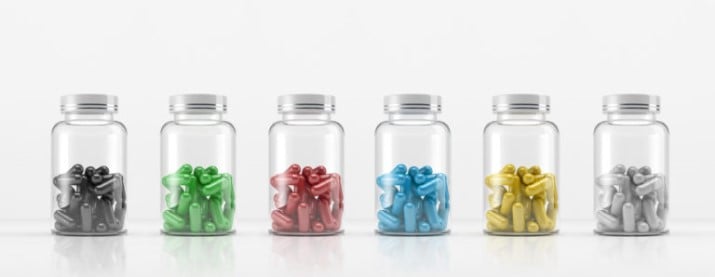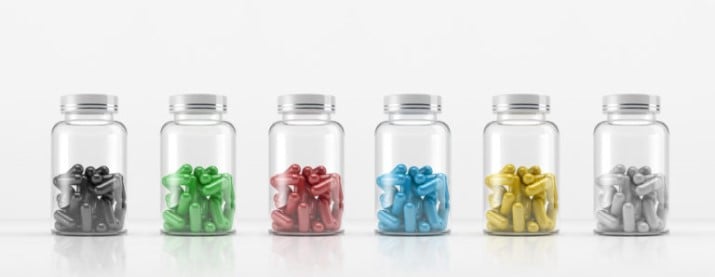April 5, 2016

April 5, 2016


On Thursday, March 31st, FDA released a highly anticipated draft guidance addressing the requirements for biosimilar labels. The draft guidance, entitled “Labeling for Biosimilar Products,” is intended to assist sponsors when preparing draft labels that must be submitted in biosimilar product applications under section 351(k) of the Public Health Service (PHS) Act.
“The goal of a biosimilar product development program is to demonstrate biosimilarity between the proposed product and the reference product, not to independently establish safety and effectiveness of the proposed product.” When FDA declares a product to be biosimilar, it means that the Agency has determined there to be no clinically meaningful differences between the biosimilar and the reference product with regards to safety, purity, and potency. As such, sponsors may use FDA’s findings of safety and effectiveness for the reference product (as reflected in the prescribing information) to provide physicians with information to facilitate prescribing decisions for the proposed biosimilar product. Furthermore, biosimilar product labels are expected to rely on the labeling of the reference product. FDA encourages sponsors to include data and information from the reference products’ labeling, making product-specific modifications as needed.
Data from the clinical study should only be included in biosimilar product labeling when it is necessary to provide physicians with information regarding safe and effective use. Generally, the clinical studies supporting biosimilar approval are used to demonstrate that there are no clinically meaningful differences between the biosimilar and the reference product, not to demonstrate the product’s safety and efficacy. Because of this, it is not necessary to include this information in biosimilar product labels. Rather, FDA recommends that biosimilar labels include a description of the clinical data supporting the safety and efficacy of the reference product (as described in its FDA-approved product labeling for the).
In addition, the draft guidance reminds sponsors that “biosimilar product labeling must meet the content and format requirements of the physician labeling rule (PLR).” Biosimilar labels must also meet the content and format requirements of the pregnancy and lactation labeling final rule (PLLR), regardless of the requirements for the reference product.
Based on the requirements included in 21 CFR part 208, if a Medication Guide is necessary, the existing Medication Guide regulations are applicable to biosimilar products and should be followed. If the biosimilar product’s labeling needs to include Instruction for Use (IFU), relevant information from the reference product’s IFU should be incorporated and presented in a similar manner.
Sponsors planning to conduct a human factors study that intend to submit a protocol for FDA to review should seek FDA’s input on the proposed IFU when the human factors study protocol is submitted. “A full and final review of proposed product labeling, including the IFU, will occur in the context of the planned 351(k) application and may be informed by any human factors study findings submitted or other relevant data included in the application.”
Throughout the product’s lifecycle, a sponsor may become aware of new information that causes the product’s labeling to be inaccurate. If this happens, the sponsor must take the necessary actions to amend the product’s labeling, as required by 21 CFR 601.12.
In certain situations, after initial FDA-approval has been granted, sponsors may seek approval for an additional condition(s) of use. The circumstances in which this could occur include:
When this occurs, sponsors “may seek licensure for an additional condition(s) of use of the reference product in these scenarios by submitting an efficacy supplement(s) to the 351(k) application that contains the necessary data and information, including draft labeling revised to include the additional condition(s) of use sought.”
When submitting a new BLA or supplement submission to the FDA, sponsors should to include the following information regarding biosimilar product labeling:
Interested in FDA’s requirements concerning the content of biosimilar product labeling? Part two has more on FDA's draft guidance, focusing specifically on the Agency's recommendations concerning label content. Learn more in our FDA News article entitled "FDA Releases Anxiously Awaited Biosimilar Labeling Guidance, Part 2: Label Content"
April 6, 2016
More on FDA’s draft guidance in our preceding FDA News article, entitled “FDA Releases Anxiously Awaited Biosimilar Labeling Guidance, Part 1: An Overview of FDA’s Recommendations.” Late last month...
April 12, 2016
In September 2007, the Prescription Drug User Fee Act (PDUFA IV) was reauthorized and expanded, broadening and strengthening FDA’s drug safety program. As part of PDUFA’s reauthorization, the Agency...
October 22, 2015
On October 21, 2015, FDA released a draft guidance entitled “Selection of the Appropriate Package Type Terms and Recommendations for Labeling Injectable Medical Products Packaged in Multiple-Dose,...